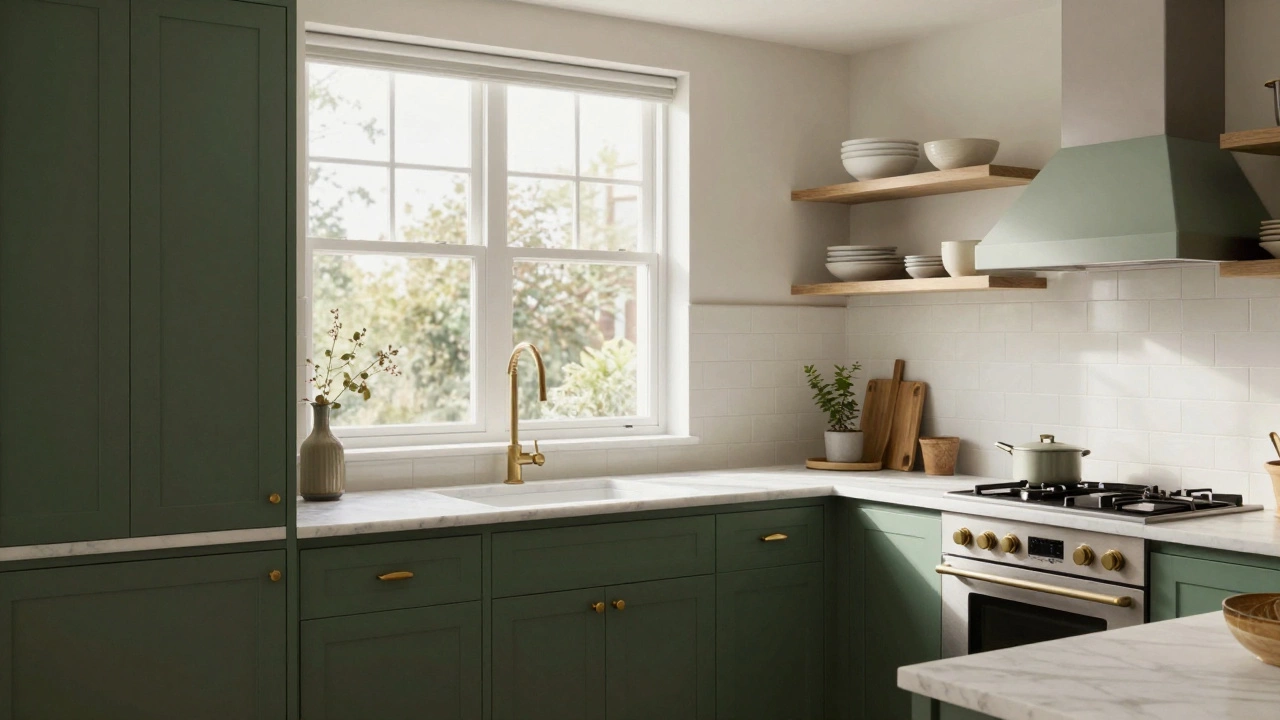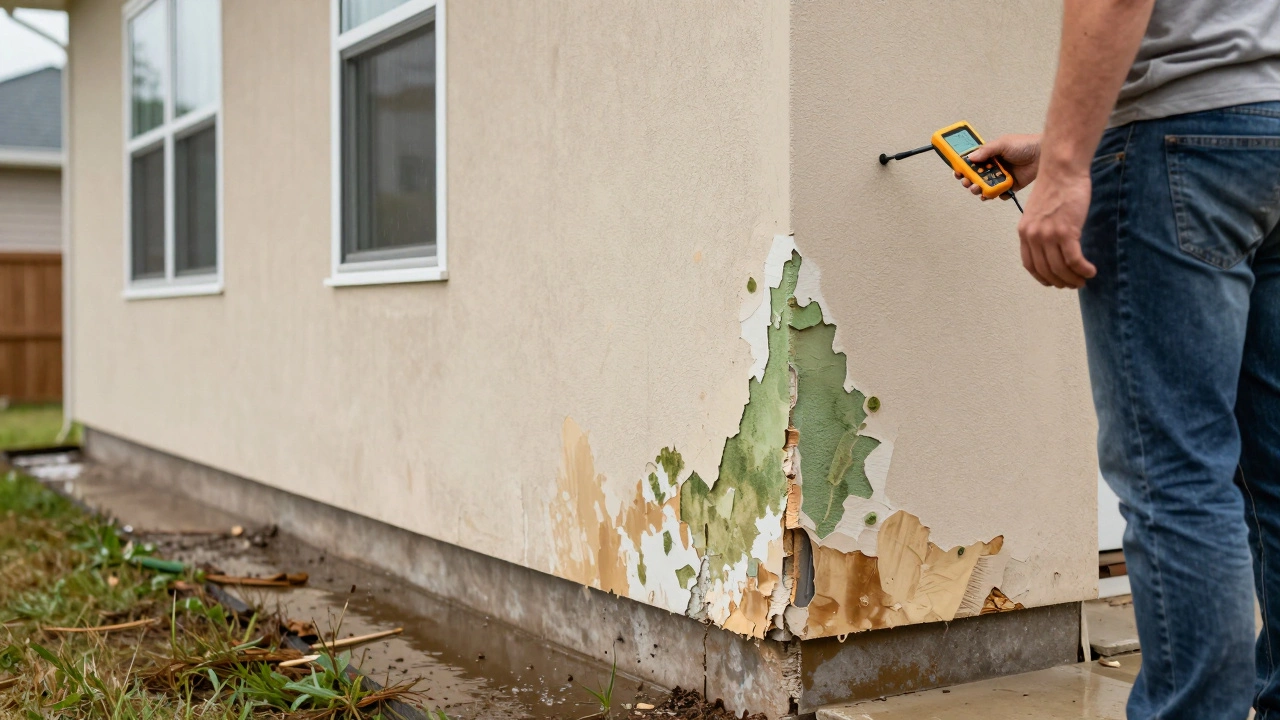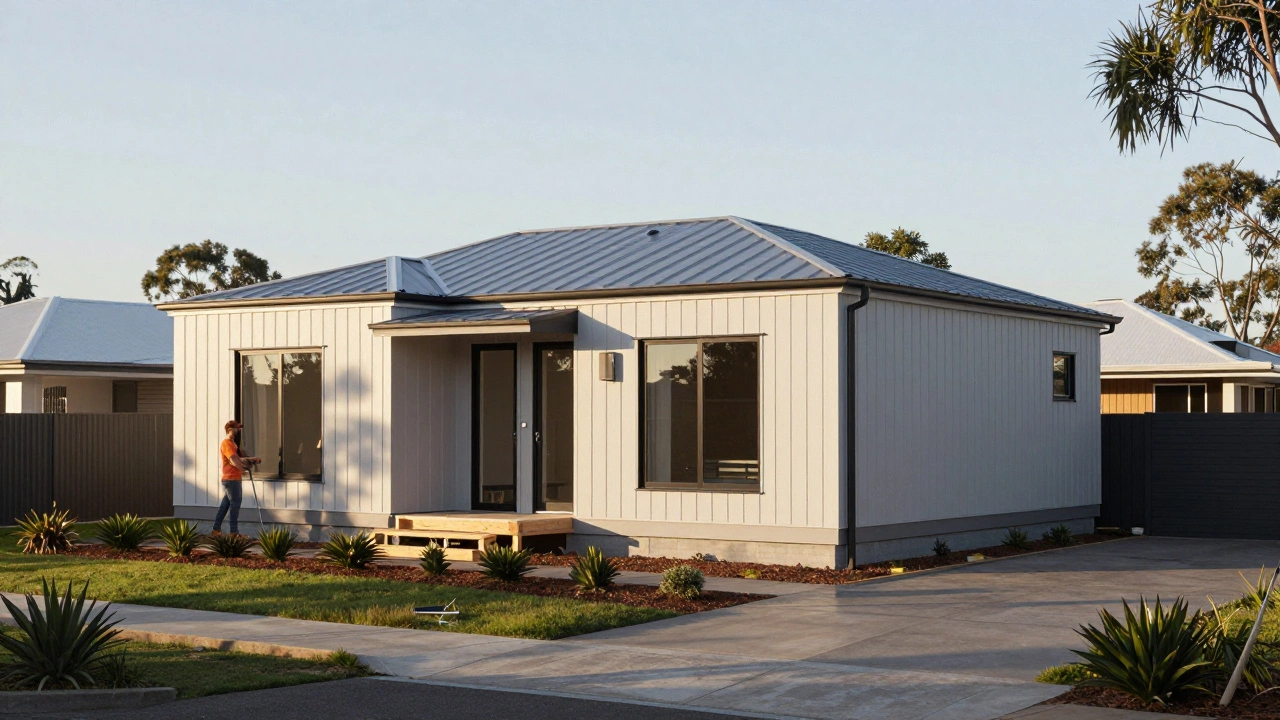Wall Mount TV: How to Install, Hide Cables, and Set the Ideal Height
When working with Wall Mount TV, a flat-screen that’s attached directly to the wall rather than sitting on a stand, you’re tackling both a functional and a design challenge. Also known as a TV Bracket, the hardware that holds the screen in place and lets you tilt or swivel it, the mount must be strong enough for the weight, aligned with your room’s layout, and discreet enough to keep cables out of sight. That’s why proper Cable Management, organizing power and signal cords so they don’t dangle or create a mess is just as important as the bracket itself. The whole system works together: a solid bracket, clean wiring, and the right Viewing Height, the eye‑level position that reduces neck strain and gives the best picture create a safe, sleek home‑theater setup.
Choosing the Right Bracket for Your TV
The first decision is the bracket type. Fixed mounts keep the screen flush to the wall, great for a clean look in a minimal room. Tilting mounts add a slight angle, useful when the TV sits higher than eye level – think a bedroom or a living room with a fireplace. Full‑motion (or articulating) brackets let you pull the screen out and swivel it, perfect for open‑plan spaces where multiple seating zones watch the same show. Before you buy, check the TV’s VESA pattern – the rectangular hole spacing on the back – and make sure the bracket’s rating matches your TV’s weight. This simple match prevents a shaky picture and protects your wall.
Most homeowners wonder whether they need a stud finder. The short answer: yes. Securing the bracket into wall studs gives the strongest hold. If you can’t locate studs, a sturdy metal board or a toggle bolt system can work, but it’s less reliable for larger screens. Once you’ve nailed the bracket to the studs, double‑check it with a level. A misaligned mount looks cheap and can cause viewing discomfort.
Now that the hardware is set, let’s talk wires. A common mistake is running power and HDMI cables straight from the TV to the outlet, leaving a tangled mess. Instead, use in‑wall cable channels or recessed raceways. These hide the cords behind the drywall and keep the wall looking tidy. If you’re comfortable cutting a small hole behind the TV, you can feed the cables through the wall and use a low‑voltage outlet on the other side. Just remember to follow local building codes – safety first.
When you plan the cable route, think ahead about future upgrades. Leaving a little extra slack in HDMI or speaker wires means you won’t have to open the wall again if you get a new soundbar or a larger receiver. And don’t forget a surge protector. A wall‑mounted TV draws a lot of power, and a good protector shields your gear from voltage spikes.
With the bracket and cables sorted, the next step is setting the optimal viewing height. The general rule is to have the screen’s center about 42 inches from the floor for a seated viewer, but you can adjust based on sofa height and personal comfort. Measure the distance from the floor to your eyes while seated, then match that to the TV’s midpoint. If the TV ends up higher, a tilting mount can angle it down, preserving picture clarity and reducing glare.
Another factor is the distance between the TV and the seating area. Use the 1.5‑2.5 times screen diagonal rule as a starting point, then fine‑tune based on room lighting and personal preference. A larger room may benefit from a full‑motion bracket so you can swing the screen toward different viewers.
Finally, test everything before you seal the wall. Plug in the TV, run a favorite show, and walk around the room. Check for any wobble in the bracket, make sure the picture isn’t distorted, and confirm that all cables stay hidden. If anything feels off, tighten the screws or adjust the cable channels.
All these steps – picking the right bracket, securing it into studs, managing cables, and setting the proper height – turn a simple wall mount TV into a polished part of your living space. Below you’ll find a range of articles that dive deeper into each of these areas, from detailed mounting guides to DIY cable concealment tricks. Happy installing!






